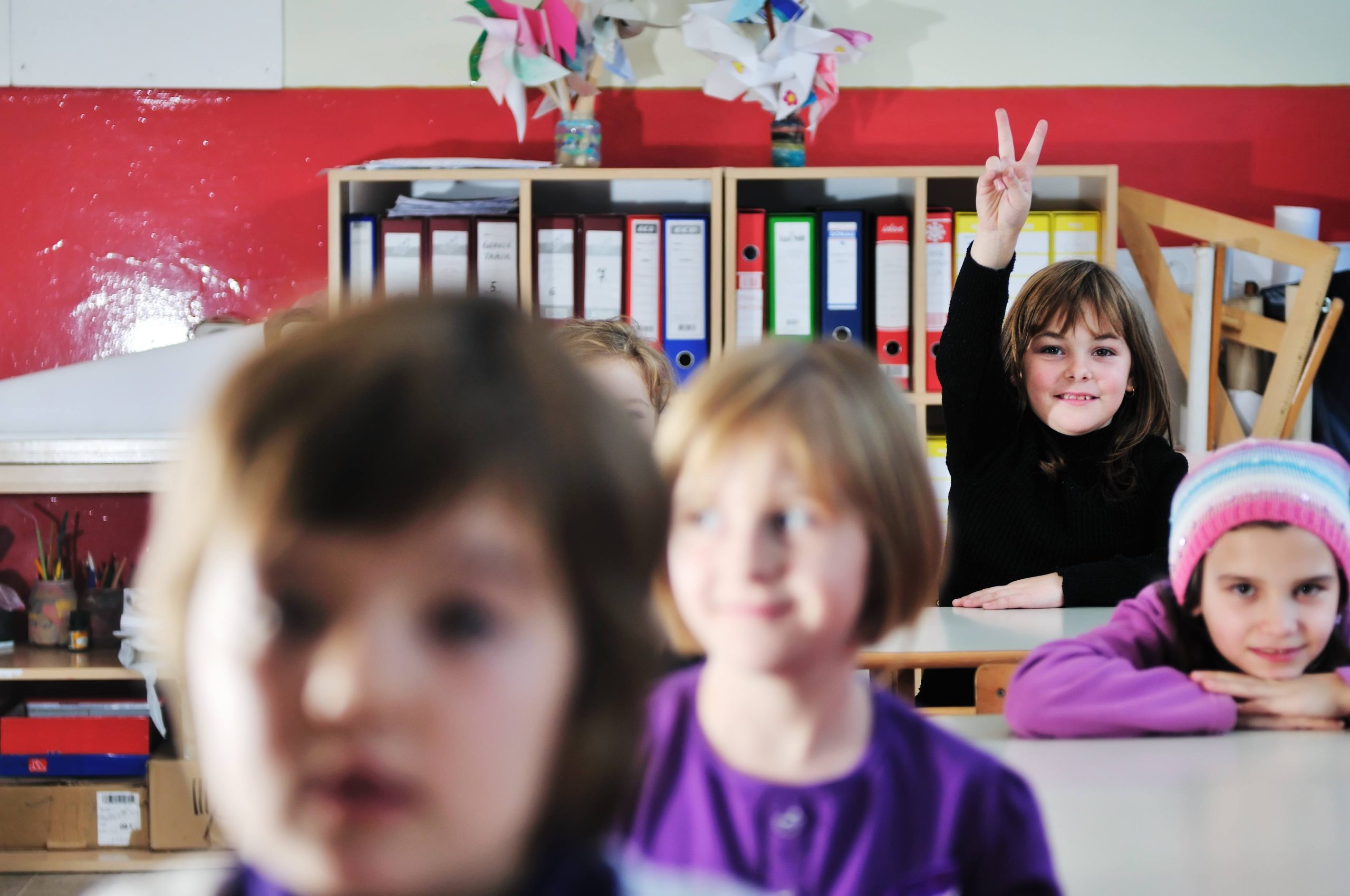
Creating a Safe Classroom Environment: Fostering a Culture of Safety
Ensuring a safe and secure learning environment for toddlers is paramount in facilitating their growth and development. Central to achieving this is cultivating a robust safety culture within the classroom, characterized by clear rules and procedures. This article explores classroom safety regulations and strategies for establishing a strong safety culture.
The Significance of Safety Rules in the Classroom
Safety rules in the classroom serve as vital safeguards for the well-being of preschoolers. It is imperative to articulate these rules clearly and succinctly, ensuring preschoolers understand and adhere to them consistently. Key safety guidelines include:
- Washing hands before and after specific activities.
- Avoiding running or pushing others.
- Keeping sharp objects and hazardous materials out of reach.
- Sitting correctly in chairs and refraining from unsafe behaviors.
- Avoiding climbing on furniture and playing with electrical sockets.
By enforcing these rules, preschoolers learn to take responsibility for their safety and that of their peers, contributing to the establishment of a safe classroom culture.
Promoting a Safety Culture in the Classroom
A safety culture entails fostering a mindset and behaviors conducive to safety. This involves implementing policies, conducting training on safety practices, and encouraging open communication. Strategies to promote a safety culture include:
- Encouraging preschoolers to report safety concerns.
- Regularly inspecting the classroom for hazards.
- Providing training on safety practices like fire drills.
- Facilitating open dialogue on safety matters.
By embedding a safety culture, preschoolers develop a heightened awareness of safety issues, fostering a secure learning environment.
Responding to Emergencies in the Classroom
Despite preventive measures, emergencies may arise in the classroom. It is crucial to have a well-defined emergency response plan. Essential steps include:
- Evacuating the classroom in an organized manner.
- Following established emergency procedures.
- Administering first aid or seeking medical assistance if necessary.
- Informing parents or guardians and providing updates.
By preparing for emergencies and practicing drills, preschoolers and staff are equipped to respond effectively, ensuring everyone’s safety.
Engaging Parents in the Safety Culture
Parents play a pivotal role in reinforcing a safety culture. Involving them in safety-related initiatives fosters collaboration and shared responsibility. Ways to engage parents include:
- Regularly communicating safety updates and procedures.
- Inviting parents to participate in safety events and workshops.
- Encouraging feedback and suggestions on safety matters.
Through parental involvement, a unified approach to safety is cultivated, enhancing the overall well-being of preschoolers.
The Benefits of a Strong Safety Culture
A robust safety culture yields numerous benefits for preschoolers, educators, and parents alike. It nurtures a secure learning environment, reduces accidents, and instills a sense of responsibility. Additionally, it promotes a positive workplace atmosphere and enhances the school’s reputation, attracting more families. By prioritizing safety, schools demonstrate their commitment to the well-being of all stakeholders.
Tips for Promoting a Strong Safety Culture
Establishing and maintaining a strong safety culture requires concerted effort and collaboration. Practical tips include:
- Clarifying safety rules and expectations.
- Conducting regular safety drills.
- Providing ongoing training.
- Facilitating open communication.
- Involving parents in safety initiatives.
By implementing these strategies, schools foster a culture where safety is paramount, ensuring a conducive learning environment.
Common Safety Hazards in the Classroom
Awareness of common safety hazards empowers educators to preemptively address risks. Hazards such as tripping and falling, sharp objects, electrical hazards, inadequate supervision, and playground safety issues should be proactively managed to safeguard preschoolers.
Requirements for Classroom Safety
Adhering to legislative standards is essential for maintaining classroom safety. Compliance involves conducting risk assessments, implementing health and safety policies, ensuring first aid provisions, maintaining fire safety measures, and ensuring equipment safety.
Emotional Appeal
Prioritizing safety in the classroom is a moral imperative. Educators, staff, and parents must collaborate to create a secure learning environment that nurtures preschoolers’ overall development and well-being.
Creating a safe classroom environment and fostering a strong safety culture are essential components of preschool education. By prioritizing safety, schools demonstrate their commitment to the welfare of preschoolers and staff, ultimately creating a positive and healthy learning environment. Through ongoing collaboration and adherence to safety protocols, schools cultivate an environment where preschoolers can thrive and flourish.


